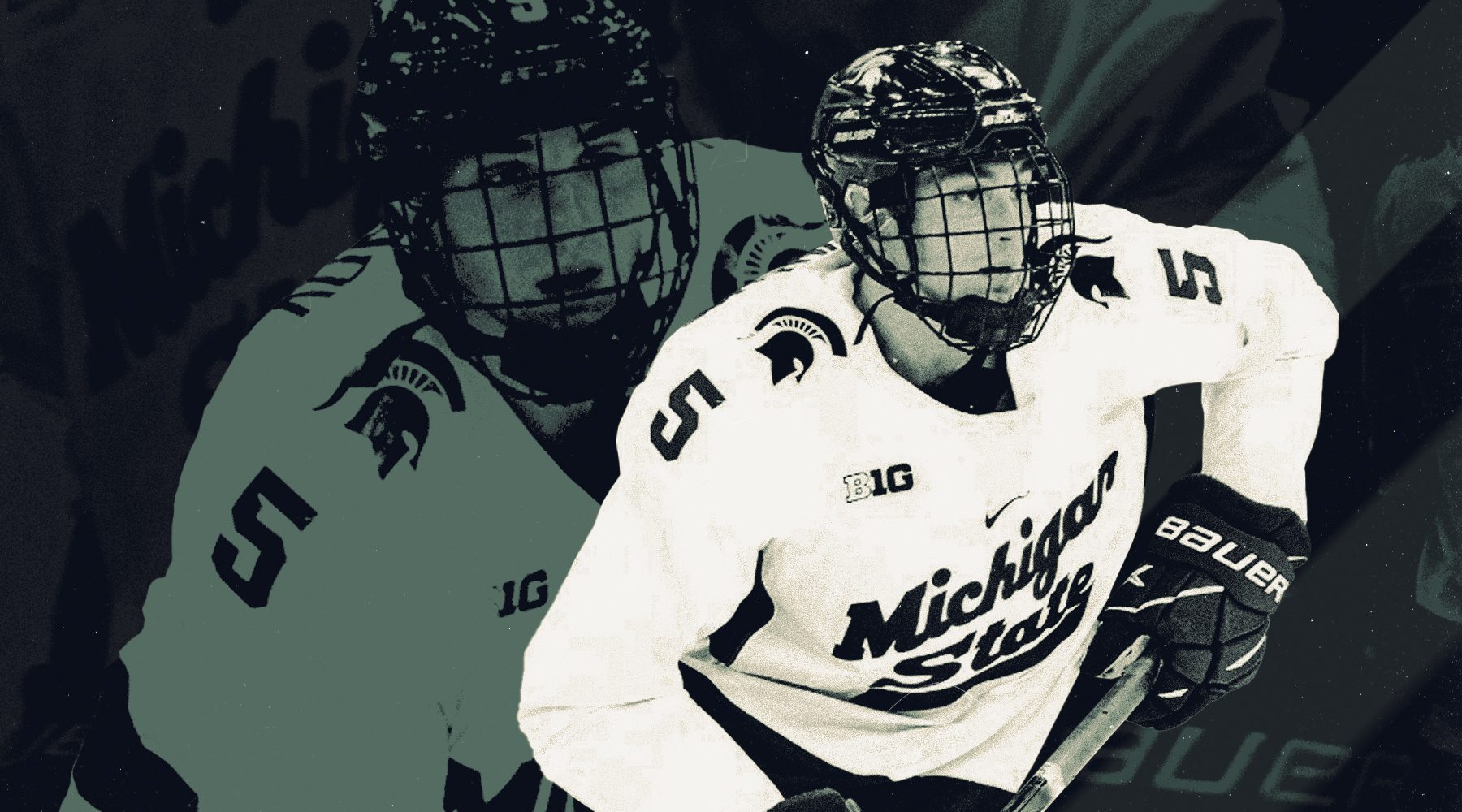Which top-25 NCAA teams are safe, and which are vulnerable?

This article is presented by Everything College Hockey
We're at the point in the NCAA season where most teams have played enough games to give us a good idea of who's going to be in the national tournament field at the end of the season.
It's not impossible, of course, that a team outside the top 25 or so in the Pairwise right now wins, say, nine in a row or picks up an autobid in the postseason tournament. But as December approaches, we can look at the top 25 and pretty easily project that all but one or two tournament teams will come from this group.
One thing that's important to understand here is that a lot of the legwork in getting four, five, or even six teams into the tournament is based on how well your conference does in non-conference games. Plenty of teams have a few OOC games still left on the schedule, but for the most part, the winners and losers in non-conference play are very obvious by now.
The undisputed winner in that realm is the Big Ten, because its teams currently have a .704 win percentage outside of conference play, the best by a decent margin. It's not impossible for the NCHC (.685) or Hockey East (.667) to overtake the Big Ten's spot, but it is unlikely, and those two conferences will instead jockey for second place. No other conference has a win percentage above Atlantic Hockey's .366, so it's more or less decided that the at-large bids in the NCAA tournament field will almost exclusively go to Big Ten, NCHC, and Hockey East teams.
Right now, the top-25 of the Pairwise breaks down thusly: all seven Big Ten teams (Michigan State, Wisconsin, Minnesota, Penn State, Michigan, Notre Dame, Ohio State) are in, as are another seven of the 11 teams in Hockey East (BC, BU, Maine, UMass, Providence, New Hampshire, Vermont). The NCHC has six (Denver, Western Michigan, Omaha, St. Cloud, Colorado College). Two apiece from the ECAC (Quinnipiac, Cornell) and Atlantic Hockey (AIC, RIT), plus one independent (Arizona State) round out the field.
The question, then, is whether teams that are in prime positions can maintain their hold on an at-large slot, or if they'll be overtaken by someone currently outside the top 14 or 15. In the past, we've seen more than a few teams that were in the top-five as of the start of the holiday break — which remains a couple weeks away — drop out of the tournament altogether by the end of the regular season. It can be difficult to sustain even extremely strong goal differences as the season wears on, so it's important to consider quality of play as much as what they've done already.
According to InStat's expected-goals statistic, here's how every team's per-game xG difference matches up with their actual per-game scoring averages:
As you can see, it's generally better to be close to the top right. To that end, Denver (currently No. 4 in the PWR), Quinnipiac (No. 2), and Western Michigan (No. 13) are obvious standouts. Maine (No. 5) is the other that's distanced itself from the pack decently enough. You might be thinking that perhaps it's tough to buy into Maine as a plus-3.4 xG team — by far the largest margin in the nation — while they're only outscoring opponents by 0.6 per game. First of all, their goaltending has been sub-.900 so far this year (17th-worst in the nation), and they're shooting under nine percent (15th-worst), but because they outshoot their opponents by about 13 per game on average, the huge xG differential makes some sense. I just don't know how much I'd expect them to start living up to that level, simply because they don't really have a ton of offensive talent; I would expect the goaltending to turn around, because Victor Östman was a Richter-level guy for much of last season.
Beyond those four obvious standouts, and the three teams clearly away from the pack in a negative direction (AIC, Vermont, and Ohio State) it's more or less a mess that's a bit hard to pick through. Michigan seems like it's a team that can make a mid-to-late-season run, and while things have slowed a bit for Wisconsin of late — they've lost three of the last four — all of those losses were one-goal games, except that Michigan State added an empty netter in one of them. Probably wise to not be too worried about the Badgers.
Some other teams to keep an eye on: New Hampshire, Minnesota, Michigan State, Colorado College, and UMass are all also negative when it comes to expected goals, and with the exception of UNH (for me, the jury remains out, but they keep getting results), they all either have the talent up front or in goal that they can probably keep outscoring whatever problems they have.
Obviously some teams have to drop out of the top 15. Others in this group will step up. But because of how interconference play has gone, there's a huge group of relatively safe picks (teams currently in the top 10 from the three power conferences, plus Quinnipiac) and an even bigger group of extremely vulnerable ones, with very few in between.



